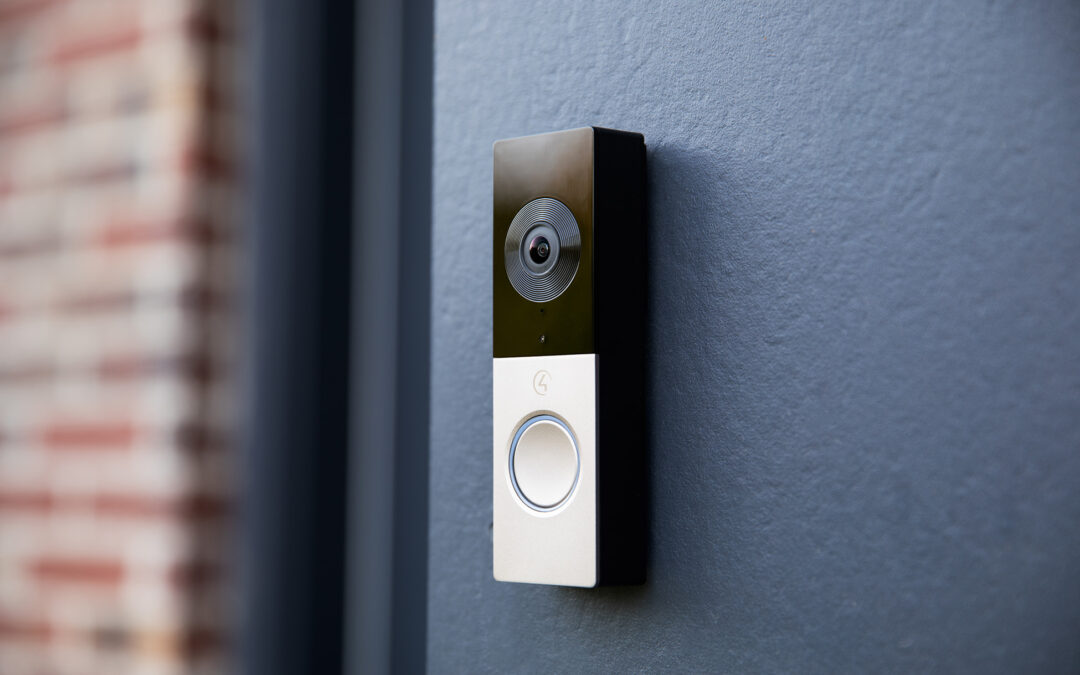The football game is on in the living room, but the grill is outside. You can’t leave the grill completely unmanned, so you feel like you’re missing out on the fun. What’s the point of decking out your home with the best Multi-Room Audio Systems if you can’t use it everywhere?
A multi-room audio system (also called distributed audio) can help you get the most out of your home audio.
You don’t need to rely on switching from one system to another whenever you enter a different room in your house – one hub controls everything. But you have two options when it comes to how you install your multi-room audio system – hardwired or wireless. How do they differ beyond the installation method, and is one better for you than the other?
Hive has helped people install hardwired multi-room audio throughout Tampa Bay. By the end of this article, we hope that anyone interested in multi-room audio – whether they work with us or not – will be able to determine the best solution for them.
Let’s start with the basics – what is multi-room audio anyway?
What is a multi-room audio systems?
A multi-room audio system is a sound system that spans multiple rooms. That can mean one system can play the same thing in various rooms or that you can play multiple things in different spaces from one hub without moving speakers around.
Multi-room audio can be composed of wireless or hardwired speakers, and you can customize your system any way you’d like. If you want your system to be made of multiple bookshelf speakers throughout your home, you can do that. Or if you want your speakers hardwired and placed in the walls, you can do that also.
Wireless multi-room audio typically consists of individual speakers placed in different rooms, while hardwired audio can typically be stereo audio – one left and one right speaker.
Wireless vs. hardwired multi-room audio systems
Both forms of multi-room audio will get you what you want – audio in multiple rooms of your house. But obviously, there are quite a few differences between the two that could affect your decision.
We’ll compare them on the following criteria:
- Ease of installation
- Usage
- Sound quality
- Aesthetics
- Cost
Ease of installation
Wireless audio is incredibly easy to install yourself. You just have to put the speakers in the rooms and connect them through your wireless network.
On the other hand, hardwired multi-room audio’s installation process is much more involved. Unless you want all the wiring visible from room to room (which we highly doubt you do), you’ll need someone to install the wiring from your speakers through the walls.
Unless your home has been prewired for it, a professional is more suited to do this because of the potential complexities involved in running wire from room to room. Another factor to consider is that you won’t be able to move the speakers around as easily as you can move a wireless speaker.
Additionally, you’ll need to program your hardwired speakers to connect them to your smart home hub – something else that a professional may be a better fit for.
Usage
Once properly installed, both options are fairly easy to use. All you need is an app associated with your wireless device or a smart home control system like Control4 to listen.
However, they differ when it comes to how stable that usage is. Because wireless speakers are on your wifi network, they’re susceptible to the same connectivity issues as your other devices. In other words, if your wifi signal is weak, your speakers may not play, especially in rooms far from your router.
Hardwired distributed audio avoids this issue because it’s a stable connection that can work well regardless of the number of devices connected to that same connection.
Sound quality
You can get great sound from both hardwired and wireless distributed audio – a lot of that relies on the speakers’ quality.
However, hardwired speakers have a natural advantage. Instead of individual wireless speakers placed in different rooms, hardwired speakers are in sets of two, creating a more encompassing sound. They can also be connected to an amplifier that can make much more powerful sound than a speaker with an integrated amplifier that many wireless distributed audio speakers have.
Aesthetics
While wireless options can be beautiful, they still need to sit somewhere you can see them, something that not everyone will like. The possibilities are numerous enough that you can find a speaker that fits your style, but it’s still something to consider.
Hardwired speakers can also be visually appealing, but unlike wireless speakers, they can also be put into walls to create a seamless look.
Cost
Wireless multi-room audio is the clear winner when it comes to cost. Not only is the installation free since you can do it yourself with minimal effort, but they’re typically priced lower than hardwired speakers; they usually come in sets that still come out to be less than two-channel speakers.
Hardwired speakers not only include the costs of the speakers and associated amps, but there’s also the cost of installation (including labor and materials) and wiring. While you can buy less expensive speakers for hardwiring, you don’t want to skimp on quality. After all, you’ll have to go into the walls and pull out the speakers if they fail, which is another expense and hassle.
Hardwired or wireless multi-room audio systems – which is best for you?
Multi-room audio is a great addition to your home media system, and ensuring you get the right installation method is key. Let’s break everything down so you can be sure of what you’re getting:
The pros of wireless multi-room audio are:
- Easy to install
- Easy to use
- Lower cost
The cons of wireless multi-room audio are:
- Could experience connectivity issues from your wifi network
- Sound quality isn’t as encompassing
- Has to take up space on a shelf or table, which might not be aesthetically pleasing
The pros of hardwired multi-room are:
- Better sound quality since you can get 2-channel audio
- Stable sound since they’re hardwired and not controlled through your wifi network
- Can be hidden away in the walls to create a seamless look
The cons of hardwired multi-room audio are:
- Difficult to install and likely requires a professional
- More expensive between the installation costs and associated equipment beyond speakers
- Can’t be moved as easily as wireless speakers
If you still aren’t sure which option is for you after weighing these pros and cons, it might help to think about the type of audio you typically listen to and how you’d like to do it. Once you know that, you’ll know the sound experience you’d like and what installation method can get you there.
No matter how you install multi-room audio, you’ll be able to enjoy your favorite music, shows, or movie everywhere in your home without skipping a beat.
If you feel that Hive would be a good fit to install your multi-room audio system, please call us at (813) 575-HIVE or reach out to us via our contact form here for a free in-home consultation.



